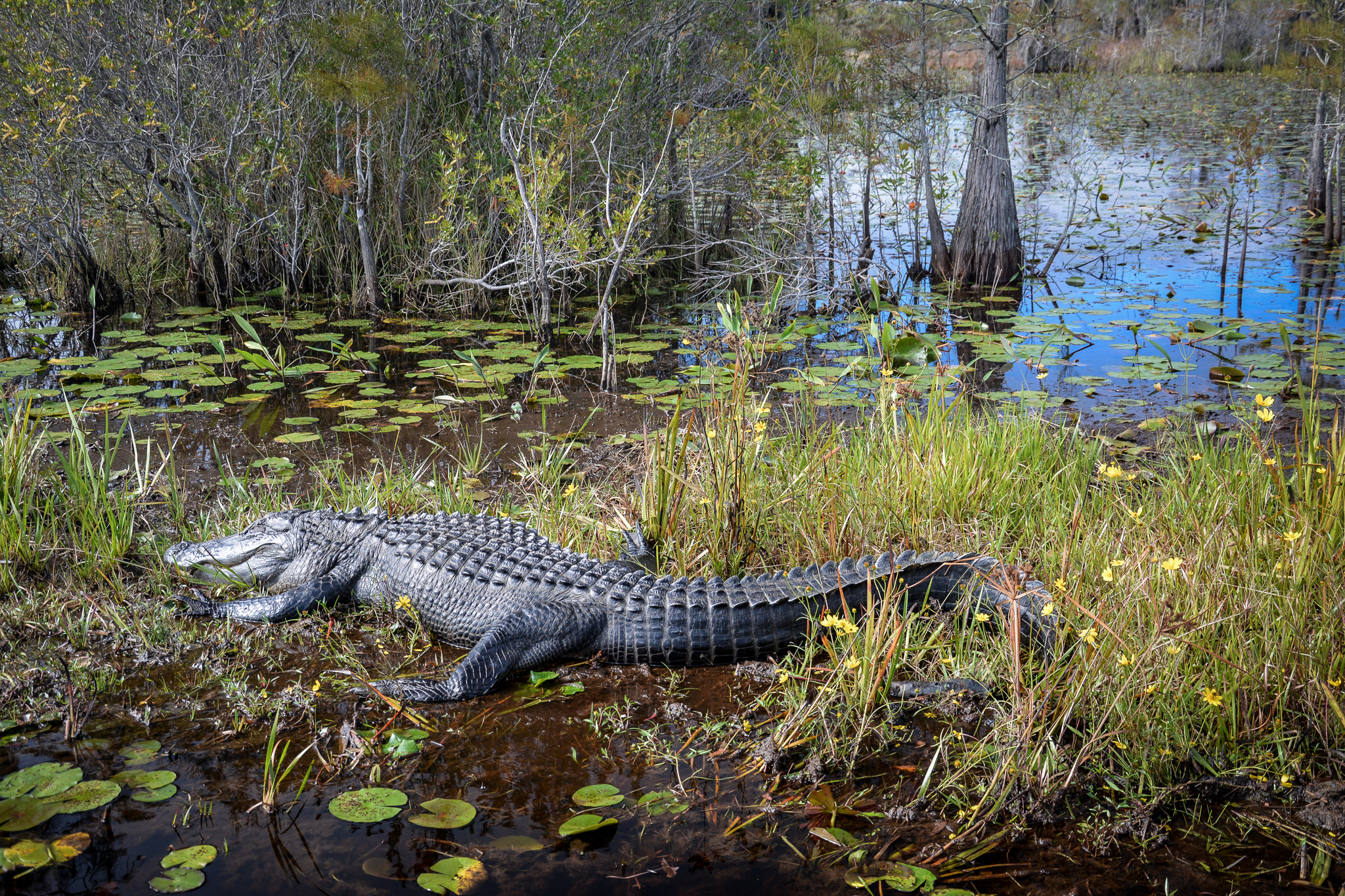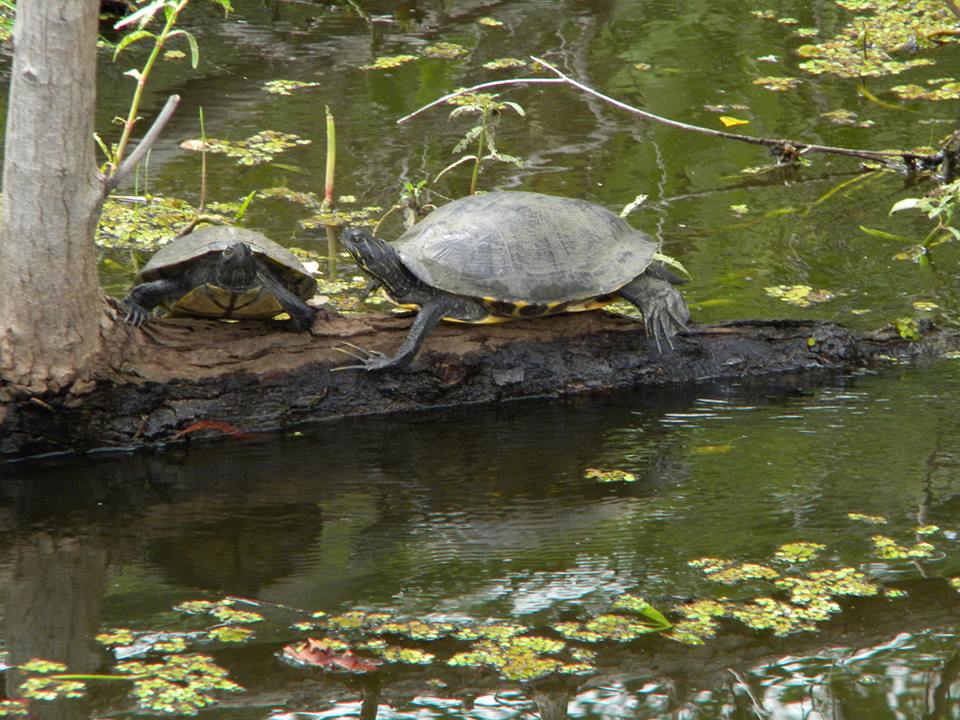While this website only scratches the surface, it might give you an idea of the amazing variations of the creatures who live in freshwater swamps. Tropical swamps have many tree species including palms.
Coast Road Trip Day 6 Okefenokee National
Hydrilla is an aquatic plant that dominates the water.
Swamp animals and plants. Cypress and water tupelo trees have their roots emerged in water. Papyrus, a sedge, is widespread in the tropics. The organisms in a swamp will vary depending on where in the world the swamp is located, but there are some species that can be found in many swamps.
Swamps are often associated with rivers and streams, and can be seasonally flooded bringing additional nutrients and allowing animals and plants to disperse. Visitors often see the white tailed deer. Some plants include cypress trees, spanish moss, water lilies, and pitcher plants.
Swamps and wetlands, marshes, bogs and fens are found all over the world, generally in more temperate regions where there is fast vegetation growth. Swamps are teeming with both animal and plant life. They can reach 130 feet tall!
Many have adapted to soils that are waterlogged permanently or for long periods and are anaerobic (lacking in oxygen). Cattails (typha) and common reeds (phragmites) are familiar swamp species around the world. Plants like the pitcher plant, water lily, and spanish moss that grow in the swamp can survive in the nutrient poor and acidic soil of the okefenokee swamp.
The pollutants and chemicals that evaporate into the clouds and eventually pour down on the earth add toxins to the water where these organisms are trying to. Alligators, frogs, and many other animals live in these swamps. The atchafalaya swamp is covered in cypress trees and conifers.
Some animals live in the water (fish, crayfish, etc.), some live above the water (birds, ducks, insects, etc.), and others live in the drier area surrounding the swamp (raccoons, earthworms, etc.). Why would the swamp and marsh habitat be best suited for this animal? These animals appeared either in swamps, marshes, or lake mudflats.
With acid rain pouring into the swamp on a regular basis, the water can be unsafe for animals to live and plants to grow. All of these organisms have adapted to living in this biome. What plants and animals live in swamps?
Swamps are warm, wet areas that are teeming with both animal and plant life; Cattails ( typha) and common reeds ( phragmites) are familiar swamp species around the world. They are outgrowths of the trees' root systems.
Swamps and wetlands are large areas of water that are broken up by small islands of land and large amounts of plants. Many animals are adapted to live both in and out of water. Bald cypress is an example of a tree adapted to growth in swamps, but gums, willows, alders, and maples are also common.
The shadowy tree root system and cypress knobs provide a rich, sheltered habitat for nesting birds, as well as fish, amphibians and reptiles. Other large and medium sized mammals present, but seen less often, include black bear, bobcat, river otter, mink, beaver, grey fox, red fox, raccoon, and ground hog. See more ideas about swamp, animals, plants.
Plants in coastal wetlands have become especially adapted to different levels of salt in the water. In the realm of freshwater swamps, there exists an incredible diversity of animal and plant life. Bald cypress is an example of a tree adapted to growth in swamps, but gums, willows, alders, and maples are also common.
These animals are adapted to fluctuating water levels. To see anhingas, egrets, teals, yellowbelly sliders and more alligators, go to audubon swamp garden. Here is one example of a possible food chain:
Tropical swamps have many tree species including palms. Birds like the barred owl, anhinga, great egret, great blue heron, and sandhill crane are also found in the swamp. Papyrus, a sedge, is widespread in the tropics.
There are also many carnivorous plants like bladderwort, sun dew, and pitcher plant. The plants and animals thrive in an environment with hot, wet weather. There’s no doubt that the wild animals are the main attraction on a jean lafitte swamp tour, but for botany buffs, there are also many interesting species of plants to seek out.
What are the common plants, animals, and insects in a swamp? Next time you take a swamp or airboat tour, look out for these major plants native to the barataria preserve in the jean lafitte national park. Other trees and shrubs like pond cypress, blackgum, red maple, wax myrtle, and buttonwood are also be found in cypress swamps.
At okefenokee swamp there are many kids of plants. Among these trees and the other various plants that are built up throughout the swamp, you'll find birds such as the whooping crane and egret, along with amphibians like frogs and toads as. Like the animals, these are just a few of the variety of plants.

Angela Lantz adlı kullanıcının Okefenokee panosundaki Pin
What are wetlands? (Department of Environment and Science)

okefenokee swamp/images Okefenokee Swamp Plants and

Okyinokee Swamp Swamp animals, Animal sounds, Okefenokee

Wetland Plants & Animals Utah Habitats, Plants and Animals

Okefenokee National Wildlife Refuge A Visit to the Swamp

Swamp Animals and Plants Echidna going for a dip in a
Cypress Swamps Big Cypress National Preserve (U.S
Pinterest Discover and save creative ideas
Plants and animals in wetlands NSW Environment & Heritage
Wetlands The Unsung Heroes of Our Natural World Your

Swamp Animals and Plants Habitat for plants and animals

swamp animals and plants Swamp Animals And Plants

Gators wander freely at the Okefenokee Swamp. Animal

Swamp Animals of Louisiana Jean Lafitte Swamp Tours


